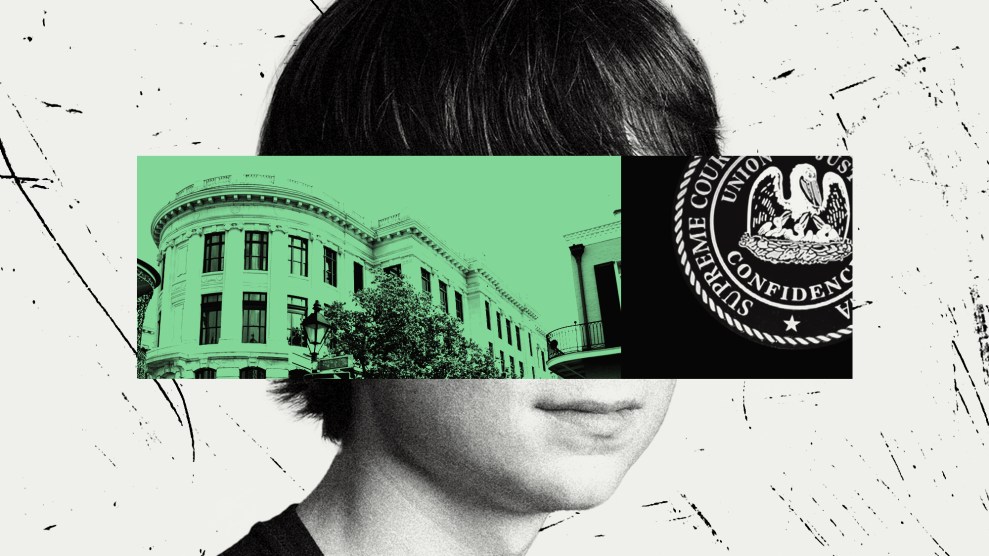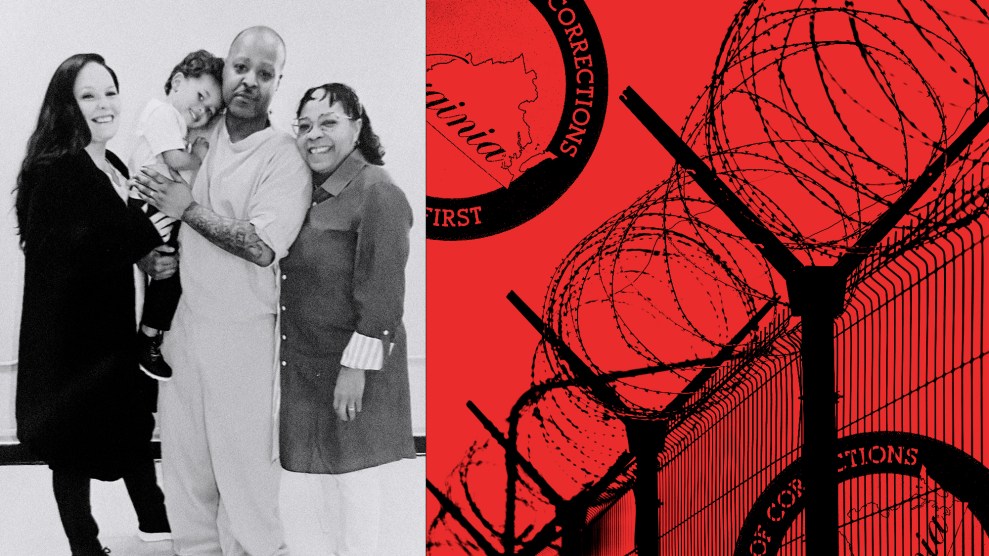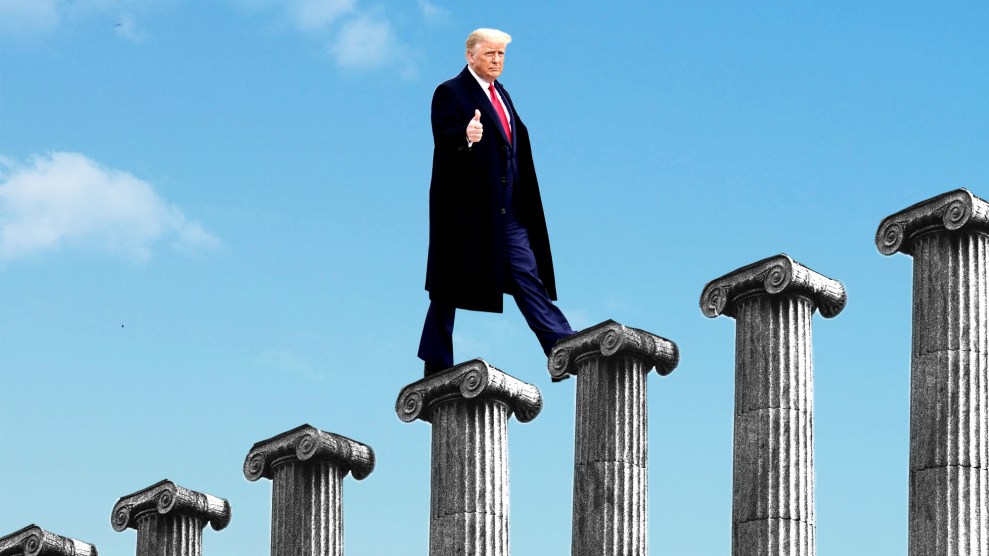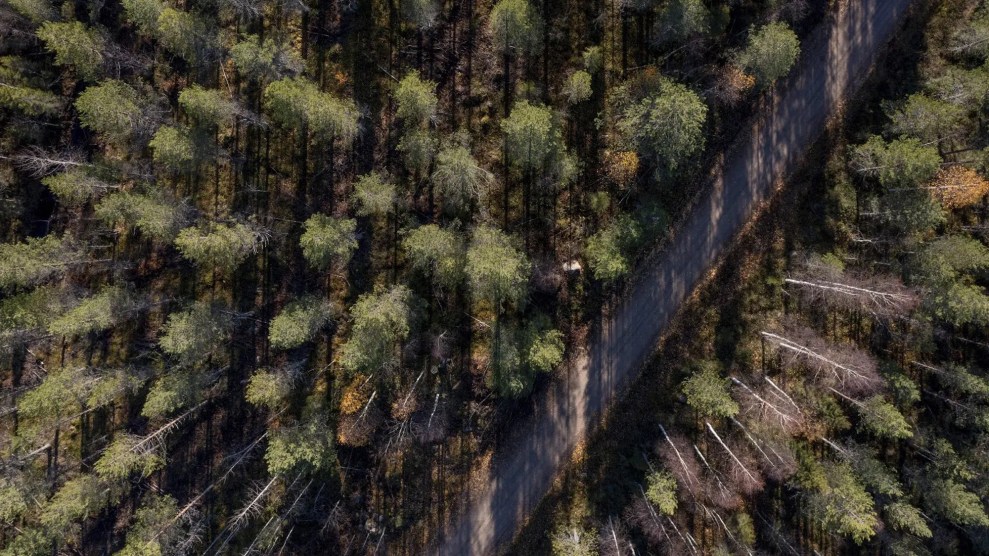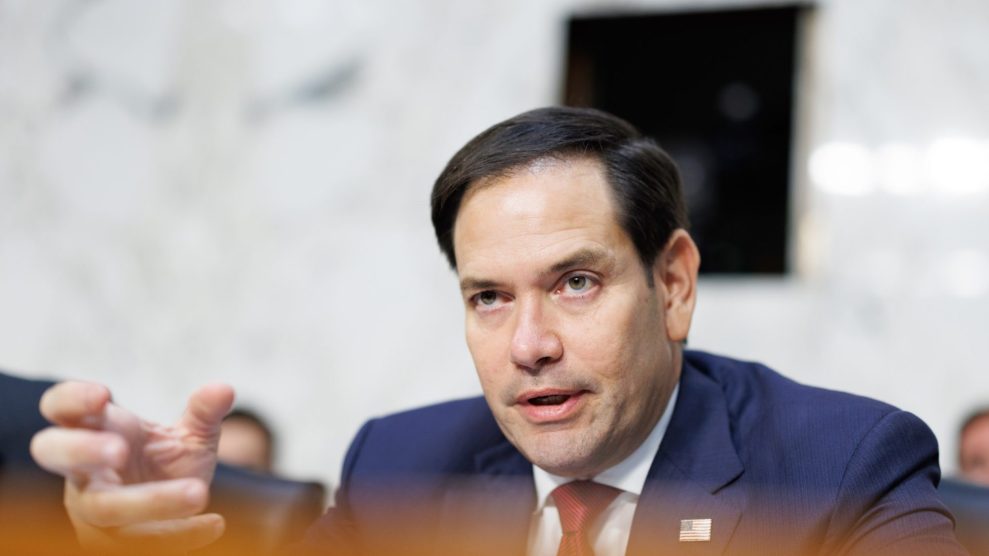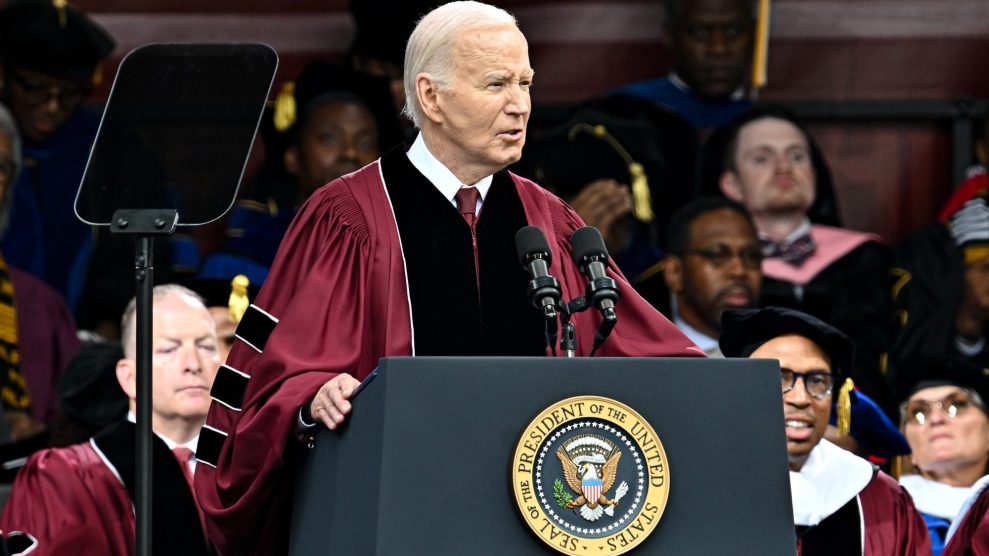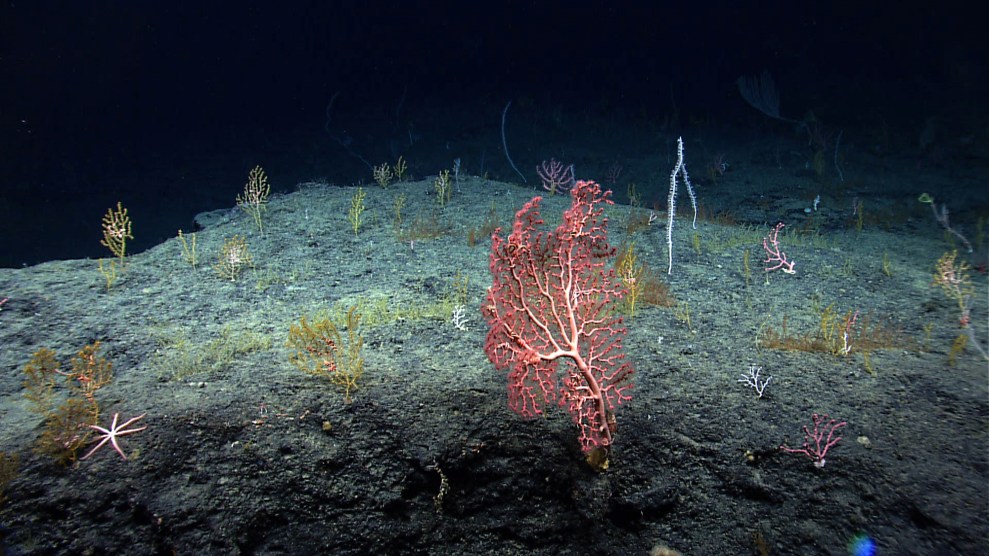I grew up in Scranton, Pennsylvania, a depressed city that, depending on your perspective, had either a lot of local pride or a serious inferiority complex. Scrantonians dropped whatever names they could. (Incidentally, Hillary’s tough-minded father, Hugh Rodham, also grew up there.) Local athletes who went on to even lackluster collegiate careers were treated as gods.
When I was about nine, a few local businessmen made the national news when they were apprehended meeting in a hilltop mansion in Apalachin, just across the border in southern New York. Federal authorities said that this gathering of such fellows as New Jersey’s Vito Genovese, Brooklyn’s Paul Castellano, and our own Russell Buffalino proved that the U.S. had an organized crime syndicate.
Although Mr. Buffalino’s nominal occupation was curtain salesman, the locals knew that his arms were draped around other businesses. That was why he and his colleagues were always included in political decision-making and why all those decisions resulted in no political change. Not that this was discussed aloud. The one political talk I can recall during my entire upbringing was when my father, who was a doctor, let it be known that he’d voted for Eisenhower because the other party wanted socialized medicine.
I hadn’t thought about the Apalachin meeting until I opened my Sunday New York Times a few weeks ago and saw the headline and photo reproduced here. The accompanying article described how this Jackson Hole group, primarily sponsored by big insurance companies, hospitals, and pharmaceutical firms, had devised a plan called managed competition to “help” Hillary Clinton reform health care.
In the 1950s, doctors did compete to bring professional medical science to middle- and working-class families by working day and night. (My brother and I would hope that a certain family on the south side needed a weekend house call from my father because they paid him, on the spot, in boxed pizza.)
Back then, insurance companies and hospitals were still subservient. Empty hospital beds and expensive technology may have driven doctors to admit some patients for unnecessary tests, but because the economy was booming, not too many bodies complained. Patients still had direct access to their healers.
The guys in the Times photo, on the other hand, represent the administrators who currently take about twenty-two cents of every health-care dollar spent in the United States. In Canada, where a “single-payer” system keeps patients happier and healthier, the comparable figure is ten cents. The General Accounting Office has estimated that switching to a single-payer system could save us 10 percent of our national health budget (expected to be at least $840 billion this year) in reduced administrative costs alone.
The Times neglected to mention that most of the institutions represented in the living room above coughed up between $33,000 and $100,000 each to take part in the potent brain trust. This group’s big idea is to promise consumers some initial choice of plans, but then, in order to maintain profits, severely restrict the care we can receive when we get sick. A similar protection scheme was no doubt discussed in Apalachin.
When the fifty or so “businessmen” at the Apalachin meeting were apprehended (some tried to flee on foot through the woods), each one claimed that he’d heard that his friend, the owner of the mansion, was ill, and that he’d independently decided to visit the poor fellow that particular day. No more credible is the sudden eagerness being displayed by representatives of the insurance, hospital, and pharmaceutical industries to help with America’s ailing health care.
The medical syndicate has offered us a clear picture. If we really want to enact health-care reform, we should lock up these Jackson Hole guys
